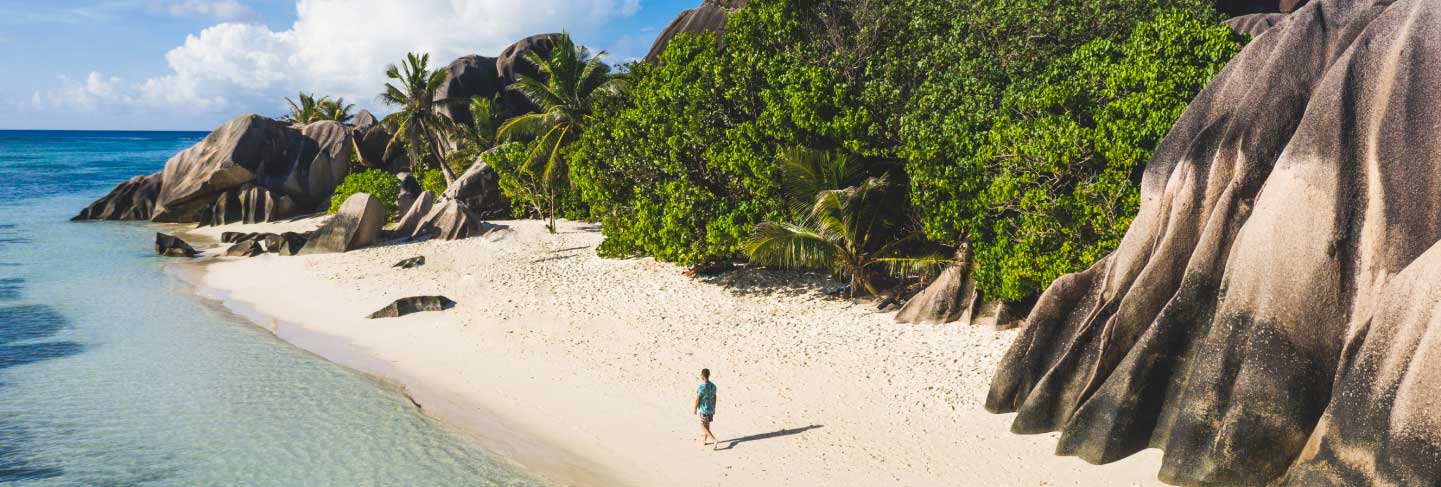PADI Divemaster and Marine Conservation Apprenticeship in the Pacific Ocean and Caribbean Sea
Start your professional diving career by earning your PADI Divemaster while exploring the underwater worlds of both Fiji and Mexico.
Durations: 24 weeks
Book with confidence
Travel flexibility, because life happens! Modify your booking, even up to 48 hours before departure. T&Cs apply.
Program information
Experience two of the world’s top diving destinations while earning your PADI Divemaster. Learn how to dive while living rural village of Silana located in the Dawasamu District in Fiji, and contribute to long-term locally-led ocean conservation projects. Afterwards, hone your dive leadership skills at a dive centre situated on Mexico’s famously idyllic Riviera Maya coastline.
Grants available for up to USD13,000!
Get a GVI Foundation Grant of up to 80% on conservation programs. Everyone is invited to apply by 31 Jul.
Book with confidence
Travel flexibility, because life happens! Modify your booking, even up to 48 hours before departure. T&Cs apply.
Included in your program, at no extra cost.
Make the most of our unique programs with these exclusively curated local adventure and wellness experiences.
Offered once a month, expand your adventure with GVI Experiences. These are just some of the activities offered on your program!
Learn to cook iTaukei food
Make a traditional drink from kava root
Learn indigenous plant medicine
Hike to the top of Tova Peak
Fish with iTaukei women
Weave a traditional mat
Visit Vatu-i-Ra Conservation Park
Learn to perform the Meke folk dance
Connect with our alumni
Want to connect with some of our past participants about their adventures? Get in touch with hundreds of friendly ambassadors all over the world who would be more than happy to answer any questions.
Connect with us
Join our Virtual Open Day!























































